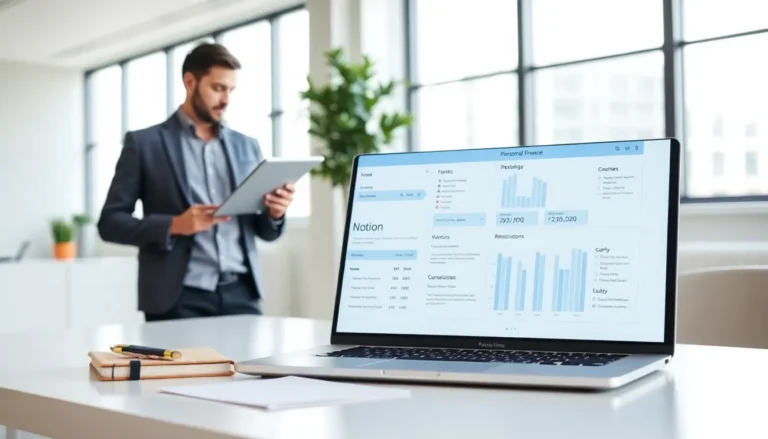Table of Contents
ToggleIn a world where paperwork feels as outdated as dial-up internet, getting an e-signature on Google Docs is the modern-day miracle we all need. Imagine a life where you can sign documents without the hassle of printing, scanning, or wrestling with a pen that’s run out of ink. It’s time to ditch those old-school methods and embrace the digital age with a few simple clicks.
Whether you’re sealing the deal on a new project or just trying to avoid a paper avalanche on your desk, mastering e-signatures can save time and sanity. This guide will walk you through the process, making it easier than ever to add your signature and impress your colleagues. So grab a cup of coffee, and let’s dive into the world of e-signatures—because who wouldn’t want to sign documents with style and ease?
Understanding eSignatures
eSignatures represent a digital method for signing documents, offering a convenient alternative to traditional signatures. This technology simplifies the signing process, eliminating the need for physical copies.
What Is an eSignature?
An eSignature, or electronic signature, signifies consent or approval in a digital format. It can appear as a typed name, a scanned handwritten signature, or an image. These signatures comply with legal standards, making them valid in many jurisdictions. Various platforms now integrate eSignatures into their services, enhancing the overall efficiency of signing documents.
Benefits of Using eSignatures
Using eSignatures streamlines workflows, significantly reducing the time spent on document processing. This method eliminates printing, scanning, and mailing, leading to faster turnaround times. Reduced costs arise from decreased paper usage and postage expenses. Enhanced security also characterizes eSignatures, as they often include encryption and authentication features. Businesses find that eSignatures improve organization and accessibility, allowing multiple parties to sign documents quickly, regardless of location.
Getting Started with Google Docs
Google Docs facilitates easy document creation and collaboration online. It’s necessary to have a Google account to start using this platform for signing documents electronically.
Setting Up Your Google Account
Creating a Google account is straightforward. Visit the Google Account creation page, enter your details, and follow the prompts. After verification, access Google Docs and enjoy unlimited document storage and collaboration features. Account holders can take advantage of built-in cloud storage through Google Drive, enhancing accessibility. Existing users can simply log in with their credentials and navigate to Google Docs.
Opening a Document for Signing
Accessing a document for signing requires a few simple steps. Begin by logging into Google Docs and selecting an existing document or creating a new one. To edit or prepare for signature, click the “File” menu and choose the appropriate options for your needs. When the document is ready, ensure it is accessible to all necessary parties through the share feature. Collaborative editing allows all involved participants to contribute effectively before finalizing the signature process.
How to Get eSignature on Google Docs
Getting an eSignature on Google Docs streamlines document signing. The process is simple and efficient.
Using the Built-in Features
Google Docs includes built-in features that make adding eSignatures straightforward. Users can insert a drawing or image of their signature using the “Insert” menu. After selecting “Drawing” and choosing “New,” they can sign using a mouse or touchscreen. Saving the drawing adds the signature directly into the document. This method allows multiple users to sign by sharing the document and enabling editing access. These built-in features ensure signatures are legally valid as long as the appropriate permissions are in place.
Integrating Third-Party eSignature Tools
Integrating third-party eSignature tools enhances the signing experience in Google Docs. Popular options include DocuSign and HelloSign, which offer advanced capabilities. After signing up for an account, users can connect the tool to Google Docs via its add-ons menu. Once integrated, these tools provide features such as tracking signature requests and secure storage of signed documents. They also comply with legal standards for eSignatures. This flexibility allows users to adopt a more comprehensive approach to document management.
Best Practices for eSignatures
Adhering to best practices enhances the efficacy of eSignatures in Google Docs. Implementing these practices ensures a smooth signing experience.
Ensuring Security and Compliance
Securing eSignatures requires following legal and regulatory frameworks. Many jurisdictions recognize electronic signatures as legally binding, thus confirming their validity across various platforms. Using strong access controls protects sensitive documents from unauthorized access. Encrypting documents adds an extra layer of security, safeguarding information during transmission. Moreover, verifying the identity of signers through methods such as two-factor authentication maintains compliance with standards like eIDAS and ESIGN Act. Keeping thorough records of signature history further supports audit requirements and promotes accountability.
Tips for Streamlining the Signing Process
Simplifying the signing process saves time and improves efficiency. Start by preparing documents with clear instructions for all signers to follow. Grouping multiple signatures in one document streamlines collaboration significantly. Utilizing Google Docs features like comments allows signers to communicate easily regarding document details. Setting deadlines for signature completion can keep the process on track and maintain urgency. Encouraging signers to adopt third-party integrations, such as DocuSign, enhances functionality and facilitates better tracking of signatures. Automating reminders can also alleviate follow-up hassles and ensure timely execution.
Embracing e-signatures in Google Docs transforms the way documents are signed and managed. This modern approach not only saves time but also enhances efficiency and security. By utilizing built-in features or integrating third-party tools, users can streamline their signing processes while ensuring compliance with legal standards.
Adopting best practices for e-signatures further strengthens document security and accountability. With the right strategies in place, businesses and individuals can enjoy a seamless experience that supports collaboration and improves organization. Transitioning to e-signatures is a step toward a more efficient and eco-friendly future in document management.








